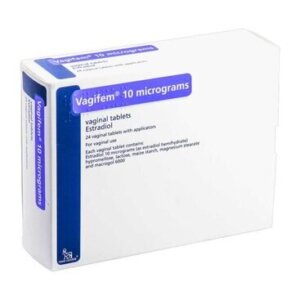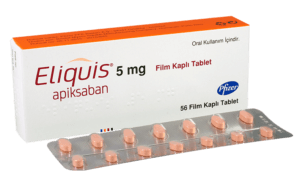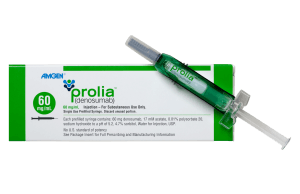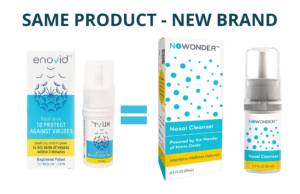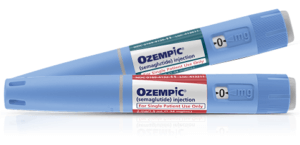
People experiencing heartburn, or gastroesophageal reflux disease (GERD – also known as acid reflux,) which is caused by excess stomach acid, can find relief through medications designed to reduce its quantity and activity. Nexium and Tums are two popular alternatives, each working in its own way to address the issue.
What is Nexium?
Nexium delivers the generic drug called esomeprazole. It belongs to the class called proton pump inhibitors (PPIs), which help lower the amount of acid the stomach produces. Approved by the FDA in 2001, Nexium works by blocking a process in the stomach that creates acid, keeping stomach acid levels lower for a longer time.
What conditions is Nexium approved to treat?
Nexium is used to treat problems caused by excess stomach acid, including:
- Acid reflux (GERD)
- Damage to the esophagus from acid (Erosive Esophagitis)
- Conditions that indirectly cause too much stomach acid, like Zollinger-Ellison syndrome
Nexium is also prescribed alongside antibiotics for the treatment of H. Pylori infection. Antibiotics eliminate the bacteria, and PPIs reduce stomach acid and allow the stomach lining to heal.
How does Nexium help with these conditions?
Nexium helps relieve heartburn and symptoms of GERD by lowering the amount of acid the stomach produces by blocking a function in stomach cells called the proton pump, which makes the acids that break down food. While acid is essential for digestion, too much stomach acid can cause pain and damage when it backs up into the esophagus or ulcers. By lowering the activity of proton pumps, Nexium reduces acidity in the stomach and helps prevent further damage.
What is Tums?
Tums is a popular antacid sold over the counter made from calcium carbonate that helps neutralize stomach acid. It works to quickly ease heartburn by lowering acid levels. Unlike medications like Nexium, which lower acid production over time and require regular use, Tums only works when it is taken and doesn’t need a daily routine to be effective. Tums are generally safe to use, but taking too much can lead to constipation or kidney stones due to extra calcium. When used as directed, it’s a reliable option for occasional heartburn relief. The effects of Tums are short-term and better for occasional discomfort, not ongoing issues like GERD.
What conditions are Tums used to treat?
Tums are commonly used to treat:
- Heartburn
- Upset stomach, including nausea and indigestion
- Acid indigestion caused by certain foods or drinks,
Can Nexium and Tums be taken together?
Care needs to be exercised if both Nexium and Tums are being taken together. The Nexium website says that either one or the other should be taken, but not both at the same time. Essentially, Tums and PPIs like Nexium can be taken by the same person but must be taken at separate times. This is because antacids can affect how well the medication is absorbed, and so can interfere with the functioning of PPIs. Tums or any similar antacid should be taken at least 30 minutes before or 3 hours after the Nexium dose. It is also advised to consult a doctor to determine if your situation requires one or a combination of these medications.
How effective are Nexium and Tums in reducing stomach acid?
Studies show Nexium works better at healing damage to the esophagus caused by long-term acid reflux (GERD) because it lowers stomach acid so effectively. However, it can take one to four days to start working properly.
Tums act as an antacid by quickly neutralizing stomach acid, giving fast but short-term relief compared to Nexium. They also have calcium, which can be helpful for people who need more of it in their diet.
Both medications are usually safe and well-tolerated, but they can cause some side effects. Esomeprazole might lead to headaches or diarrhea, and using it long-term could increase the risk of vitamin B12 deficiency or bone fractures. On the other hand, taking too many Tums can cause constipation or even kidney stones because they contain a lot of calcium.
The decision between these two medications should be based on your specific needs, like how often and how bad your symptoms are, as well as your medical history and how well you might handle the medication. It is always best to consult a doctor to determine the correct treatment approach.
FAQs
Why do I still have heartburn after taking Nexium?
For some patients, the symptoms of gastroesophageal reflux disease (GERD) are so severe that medications like proton pump inhibitors (PPIs) fail to provide relief, leaving issues like heartburn and regurgitation unresolved.
What feels like heartburn but isn’t?
A burning sensation in the chest, often mistaken for heartburn, is a common sign of gastroesophageal reflux disease (GERD). However, it can also be caused by other conditions such as gallstones, stomach ulcers, or even esophageal cancer.
How long does it take for Nexium to heal acid reflux?
If left untreated, acid reflux disease can damage the lining of the esophagus. Nexium can often repair most esophageal erosions within 4 to 8 weeks, though individual results may vary.
When should I stop taking Nexium?
Always consult your doctor before stopping a Nexium prescription. Abruptly ending the medication may worsen your stomach issues.
Can I take two Tums at once?
The recommended dosage for Tums Regular Strength 500 is as follows: Adults and adolescents aged 12 and older should chew 2-4 tablets (equivalent to 1,000-2,000 mg) when symptoms are felt. It’s recommended to not exceed 15 tablets (7,500 mg) within 24 hours. Women who are pregnant shouldn’t take more than 5,000 mg in any 24-hour period.
Why are my Tums not working for heartburn?
Your medications might not be effective because your acid reflux could be more serious than you realize. Medication alone may not suffice in such cases, and consulting a doctor or specialist is essential. Alternatively, it’s possible that what you’re experiencing isn’t acid reflux at all.
Should I drink water after taking TUMS?
Make sure to drink a full glass of water after taking regular, chewable, or capsule forms of calcium carbonate. If you’re using the liquid version, shake it thoroughly before each use. Do not use calcium carbonate as an antacid for longer than two weeks unless directed by your doctor.





